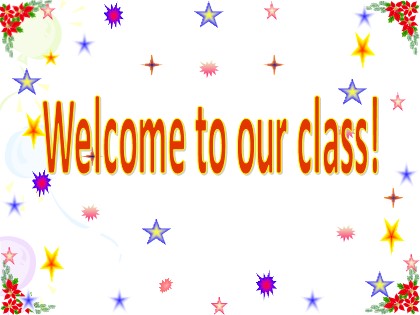Bài giảng Tiếng Anh Lớp 12 - Unit 11: Books - Lesson 1: Reading
Task 2: Decide whether the following statements are true (T), false (F) or not mentioned (NM) in the reading passage
1. You can’t read different types of books in the same way
2. When you “taste” a book you read it carefully from the beginning to the end
3. Many people only have time to read when they are traveling
4. Books with good stories are often described as “ hard-to-put-down”.
5. Television has replaced books altogether.
Bạn đang xem tài liệu "Bài giảng Tiếng Anh Lớp 12 - Unit 11: Books - Lesson 1: Reading", để tải tài liệu gốc về máy hãy click vào nút Download ở trên
Tóm tắt nội dung tài liệu: Bài giảng Tiếng Anh Lớp 12 - Unit 11: Books - Lesson 1: Reading

in the same way 2. When you “taste” a book you read it carefully from the beginning to the end 3. Many people only have time to read when they are traveling 4. Books with good stories are often described as “ hard-to-put-down”. 5. Television has replaced books altogether. NM F NM T F Task 2: Decide whether the following statements are true (T), false (F) or not mentioned (NM) in the reading passage Task 3: Answer these questions according to the information in the passage. How many ways of reading are there? When do you “swallow” a book? What should you do before starting to read a book carefully and slowly? What are the advantages of television over books? What are the advantages of books over television? Paragraph 1 On the subject of reading, Francis Bacon, who lived at about the same time as Shakespeare, wrote these words, "Some books are to be tasted, others to be swallowed, and some few to be chewed and digested." This good advice shows how it is possible to read different types of books in different ways. For example, you might pick up a travel book and read a few pages before going to sleep. It is enough to dip into it and read bits here and there. In a word, this is "tasting" . 1. How many ways of reading are there? There are three. Paragraph 2 Some stories are for " swallowing ". Imagine that you have found a good story, and, what is even more important, the time to enjoy it. You might be on holiday, or on a long train journey. If it is a good book, you might say, "It's so good i can't put it down ". But not all stories belong to this class. Reviewers sometimes describe books as "hard-to-put-down", or "hard-to-pick-up-again". 2.When do you “swallow” a book? When you find a good story and have time to enjoy it. Paragraph 3 Other books are for reading slowly and carefully. If it is a book on a subject that you are interested in, you will want to "chew and digest it". That does not mean reading it too slowly. When you pick up a book for the first time, check that it is not too difficult. Do not start a book unless you can see from the first few pages that it is one you can easily read and understand. 3. What should you do before starting to read a book carefully and slowly ? Read a few pages to see if it’s the one you can read and understand it easily . Paragraph 4 Some people think that as more and more people have television in their homes, fewer people will buy books to read. Why read when television can bring you all the information and stories with colour , picture and action? But, in fact, television has not killed reading. Today, more books of every kind are sold than ever before. Books are still a cheap way to get information and entertainment, and you can keep a book forever and read it many times . Books in the home are wonderful source of knowledge and pleasure. 4. What are the advantages of television over books? 5. What are the advantages of books over television? Television can bring you all the information and stories with colour , Pictures and action. Books are still a cheap way to get information and entertainment. (And you can keep a book forever and read it at many times). Work in pairs or groups. Find the names of types of books in the square. The words may go across, down, up, backwards, or an angle. Here are some cues. A A B H F L E S C I E N C E L E V O N R B F B J A M X Z K I M J T W C G O C B H S T R G R T R Q E V R A J I C A C A F V L O J W P T Q L M M S H S W E I F G Y W R R C V D R T K Y F U A A B H F L E S C I E N C E L E V O N R B F B J A M X Z K I M J T W C G O C B H S T R G R T R Q E V R A J I C
File đính kèm:
 bai_giang_tieng_anh_lop_12_unit_11_books_lesson_1_reading.ppt
bai_giang_tieng_anh_lop_12_unit_11_books_lesson_1_reading.ppt

